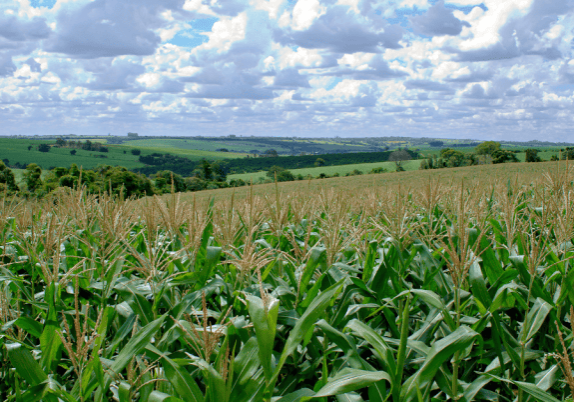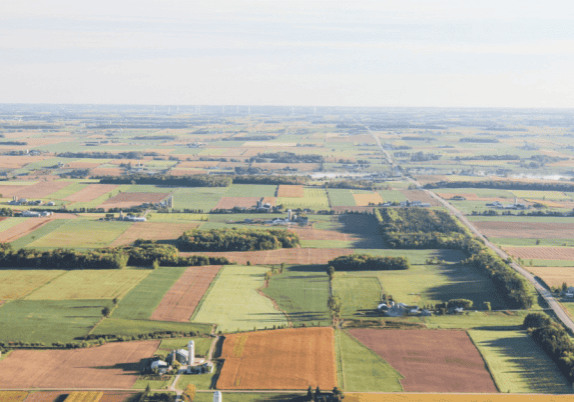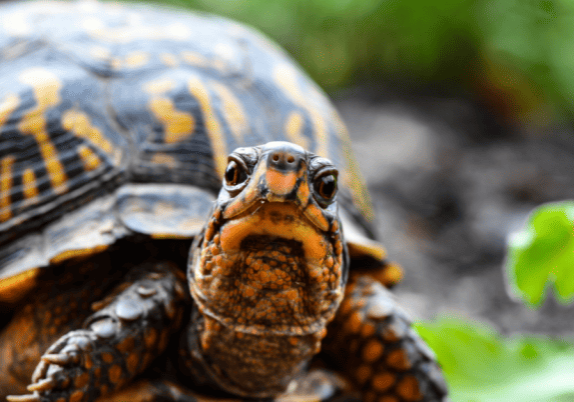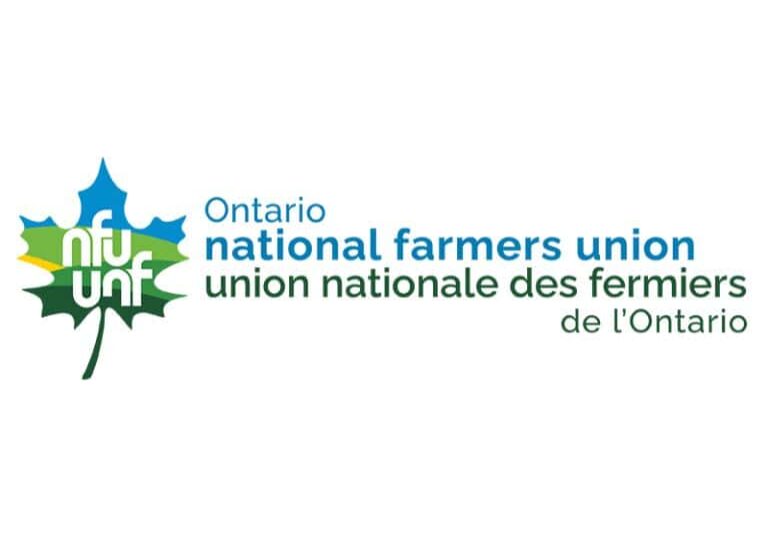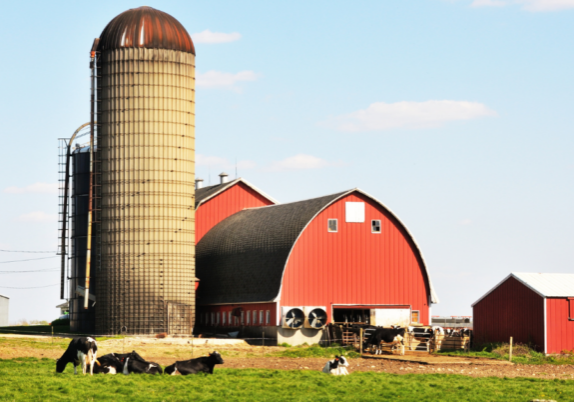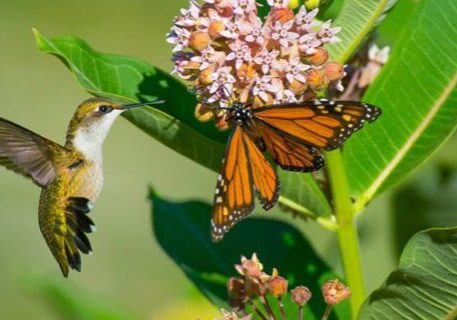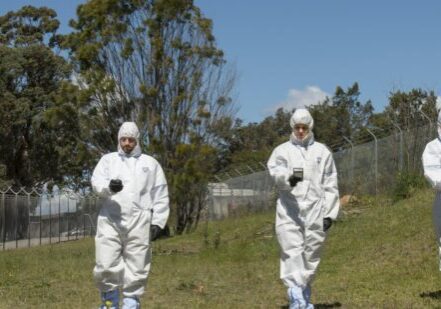Follow-up Letter to Minister Clark Regarding Growing the Greenbelt Discussion
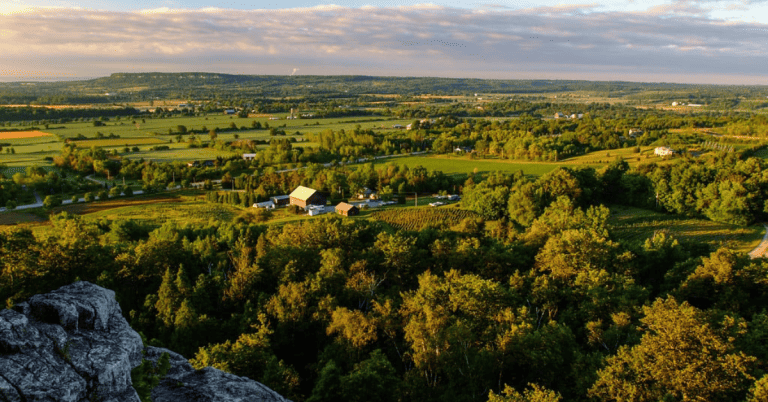
Dear Minister Clark,
On behalf of the members of the National Farmers Union – Ontario (NFU-O), I would like to thank you for consulting with farm organizations on June 29th to help inform the Ministry’s strategy for Growing the Greenbelt. We would like to take this opportunity to follow up on the core areas of feedback that were requested at the meeting: Growing the Greenbelt priorities, Growing the Greenbelt in the Paris Galt Moraine, adding Urban River Valleys into the Greenbelt, and issues or challenges with the Growing the Greenbelt proposal.
Priorities for Growing the Greenbelt
Farmers contribute food production and land stewardship that is essential to the larger economic and environmental goals of the Greenbelt Plan. The PPS clearly states, “prime agricultural areas shall be protected for long-term use for agriculture”. And, one key vision of the Greenbelt Plan is that the Greenbelt “protects against the loss and fragmentation of the agricultural land base and supports agriculture as the predominant land use”. Economic growth, viable communities, and the health of natural resources, such as water, will not exist if our agricultural land base and natural ecosystems are not prioritized for protection. It is clear from this meeting on June 29th that all of the farm organizations at the table are in favour of the Greenbelt to be expanded across Ontario. The NFU-O has spoken out and supported the growth of the Greenbelt and the protection of all agricultural land since 2018. Ontario needs a strong agricultural system in place—an agricultural land base that supports the whole food system from farming and growing food to the food processing industry. This will require prioritizing the protection of the agricultural land base in Ontario.
Growing the Greenbelt in the Paris Galt Moraine
Including the Paris Galt Moraine in the Greenbelt is a start, but it does not encompass a large enough area. As previously stated in our 2018 submission to the Greenbelt, entire ecosystem building blocks must be protected. Selective protection and expanding the Greenbelt in a piece- by-piece fashion fails to acknowledge the interconnectedness of ecosystems, as most habitat planners know, and the importance of protecting the entire natural and agricultural land base in Ontario. It also fails to recognize that this could lead to development pressures on other significant natural areas and agricultural lands surrounding and outside of the Paris Galt Moraine.
Adding Urban River Valleys into the Greenbelt
While the premise of protecting Urban River Valleys to connect them to larger Greenbelt areas is agreeable, we cannot advocate only for partial and selective protection of water systems that are highly connected. Entire watersheds need to be included, and this includes agricultural lands within those watersheds.
Issues or Challenges with the Growing the Greenbelt Proposal
When the Greenbelt is grown in pieces, pressure is put on other areas of the province and leap frog development occurs. The Greenbelt needs to include the entire agricultural and natural land base, and then work in concert with strong urban boundaries, and other provincial and municipal plans and tools, such as agricultural impact assessments, to ensure it remains protected.
Prioritizing farmland and nature preservation through a comprehensive approach to Growing the Greenbelt will support a number of federal and provincial mandates, such as Ontario’s Climate Change Strategy, 2015, Ontario Local Foods Act, 2013, UN Sustainable Development Goals, 2030, A Place to Grow: GGH, and the Provincial Policy Statement (PPS).
While there are concerns of how to manage Ontario’s growing population, the NFU-O encourages the Ministry to consider the facts outlined in the report, “Expanding Ontario’s Greenbelt: Getting It Right”. The report states that “as of December, 2016 upwards of 125,000 ha (308,000 acres) of land in the GGH has been approved for urban use to accommodate projected growth to 2031. And, as of December 2016 only 20 percent of that land has been used—despite being 40 per cent (10 years) through the Growth Plan’s 25-year planning horizon—reflecting drastically lower land consumption trends than in prior decades (e.g. from 1991-2001 the urban footprint expanded by about 26 per cent to accommodate 1.1 million people whereas between 2001-2011 it only expanded about 9 per cent to accommodate 1 million people)”. According to existing numbers there is currently little justification for extensive land consumption in order to accommodate Ontario’s growing population.
The NFU-O strongly advocates for a strong and vibrant sustainable food system to support the needs of communities throughout Ontario. Without the protection of farmland, and the natural areas upon which it depends, we will not be able to sustainably feed a growing urban population.
We look forward to ongoing discussions with the Ministry on how we can work together to protect Ontario’s agricultural land base through Growing the Greenbelt.
Sincerely,
Don Ciparis
President, National Farmers Union – Ontario
